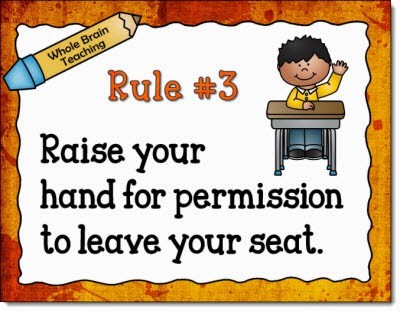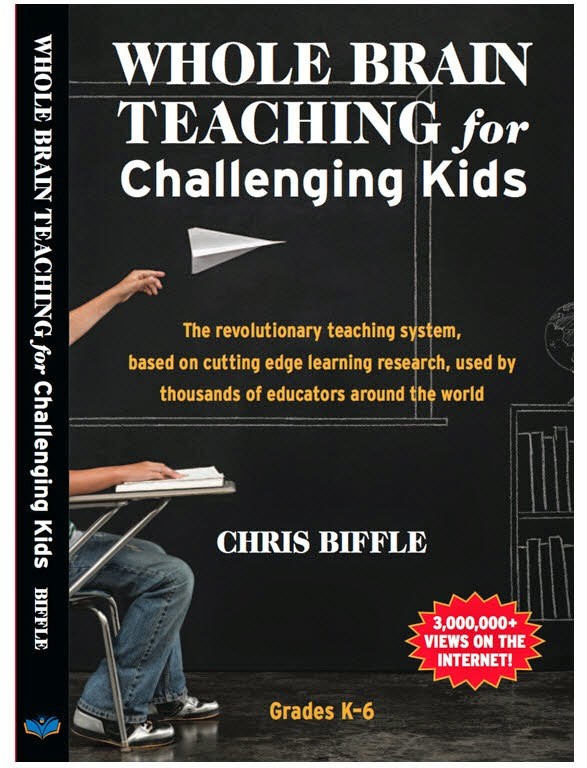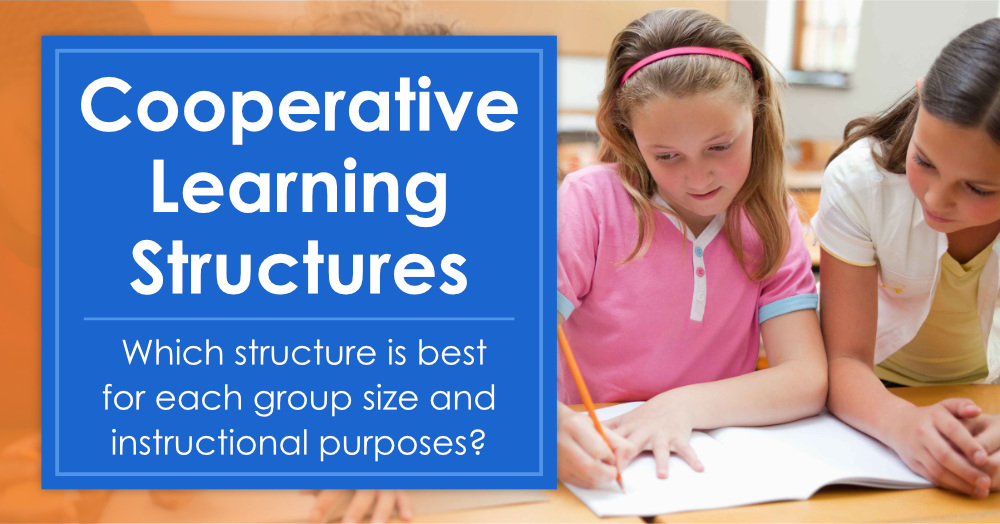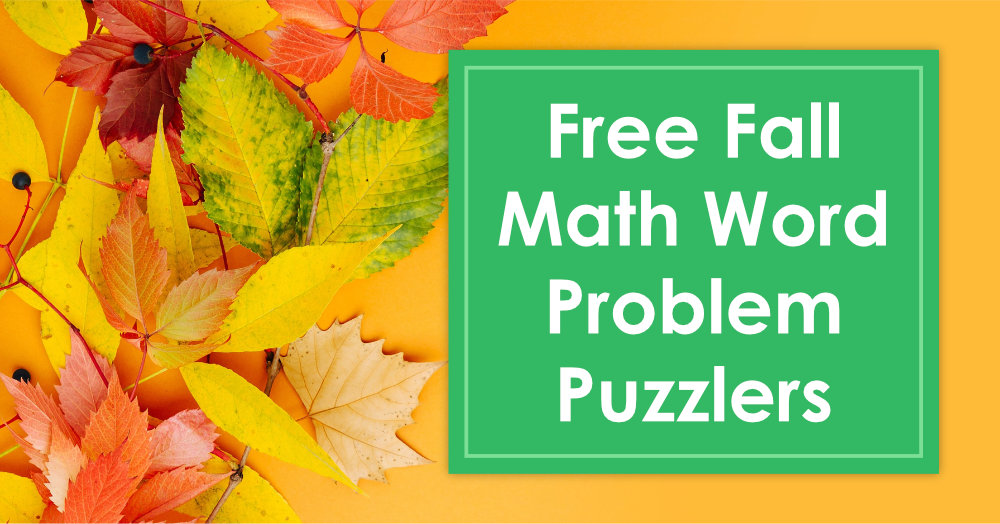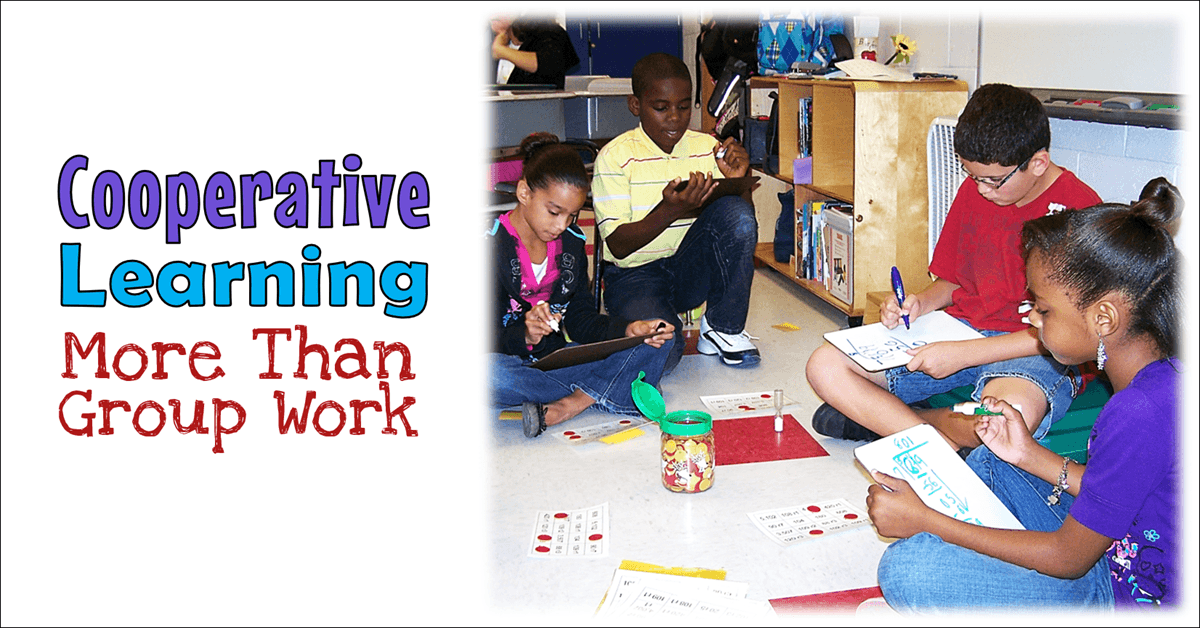Guest post by Chris Biffle
Director, Whole Brain Teachers of America
This post is a part of the Whole Brain Teaching’s Classroom Transforming Rules series. To find all of the posts in the series, click here. To see Whole Brain Teaching in action, watch the videos on the WBT website.
In the middle of your fraction lesson, a chatty student blurts out, “What time is lunch?!” You blurt back, “How many times do I have to tell you to raise your hand to speak! Grow up and act like a third grader!” You match your student’s emotional blurting with your own.
Welcome to Teaching Purgatory. Too often, teachers treat kids like they don’t want to be treated. Chained together for a year, instructors mirror the emotional outbursts of their students with their own. We try to put out a kid’s little flame, with our big fire.
Why do children blurt? For the same reason teachers do. In scientific terms, there are more connections from the brain’s limbic system to the pre-frontal cortex than vice versa. Translation: emotions control reason more easily than reason controls emotions. Another scientific point. Our brain’s mirror neurons condition us to imitate behavior we observe. You blurt me. I blurt you. And so on and so on. Hear those people yelling at each other over there? It’s Teaching Purgatory’s merry-go-round.
Scolding doesn’t change behavior. If chastising a child transformed them into a model student, I’d write best sellers, “Scold Like a Pro!,” “The Five Secrets of Power Chastisement,” “If They’re Not Crying, They Didn’t Get It: Confessions of a Former Sweetie Pie.”
If scolding doesn’t change behavior, what does? Rehearsal. Repetition. Practice.
Teaching Rule #2: Raise Your Hand for Permission to Speak
Here’s Whole Brain Teaching’s two step procedure, used by thousands of educators across the U.S., for transforming Blurters into Hand Raisers.
Step One
Review classroom rules five times a day. For Whole Brain Teaching’s Rule 2, you hold up two fingers and say, “Rule 2!” Your kids respond, “Raise your hand for permission to speak.” They shoot one hand into the air and then quickly bring it down beside their mouth, making talking motions with their fingers. Make this rehearsal fun. Use a variety of intonations, deliveries. Fun imitates fun. Keep everyone’s mirror neurons happy.
Step Two
Your kids have Rule 2 down pat. Rule rehearsals are crisp, speedy. Then, say, “You’re doing pretty good with Rule 2, but now let’s see how you are at helping your classroom friends follow the rule. I’m going to pretend as if I’m talking. Jack, you interrupt me without raising your hand and say, ‘I have a new puppy.”
Say a few words about any subject and nod at Jack. He interrupts you, “I have a new puppy!”
Congratulate him! Great blurting!
Then say, “Class, let’s do that again. But this time when Jack interrupts me, I’ll say Rule 2 and you exclaim, making the hand motion, ‘Raise your hand for permission to speak!”
You talk. Jack starts to blurt. Immediately interrupt him and call for Rule 2. The kids respond in a flash, “Raise your hand for permission to speak!” You see their limbic systems delight in shutting down a classmate’s limbic system.
We call this approach Wrong Way-Right Way. Practice the Wrong Way. Then, practice the Right Way. Over and over. You’re building reason’s strength to rein in frisky emotions.
Teaching Rule #3: Raise Your Hand for Permission to Leave Your Seat
Use the same approach for Whole Brain Teaching’s Rule 3, “Raise your hand for permission to leave your seat.” Rehearse the rule with the hand gesture (students raise their hands, then walk their fingers through the air). Then, use Wrong Way-Right Way.
Jack, on your cue, leaves his seat without permission. Great job of breaking the rule. Jack leaves his seat again, you call out Rule 3, and the kids exclaim, “Raise your hand for permission to leave your seat!’
If you practice the wrong way and the right way, five times a day, pretty soon you’ll see lots more right way behavior. No kid ever wants to feel like they are doing something wrong … that’s why they deny they’re engaged in incorrect behavior.
“Maggie, stop doing that!”
“I wasn’t doing anything!”
This is the wonder. With the procedures described above, you take a classroom disruption, blurting or wandering, and transform it into a classroom unifier. Whenever a rule is broken, a rule is strengthened. That’s the way it is, my friends, in Teaching Heaven.
To download the free classroom rule posters described in this article, click here or on the images above.
You’ll find more details about our classroom management strategies in our manual, “Whole Brain Teaching for Challenging Kids” on Amazon.com.



